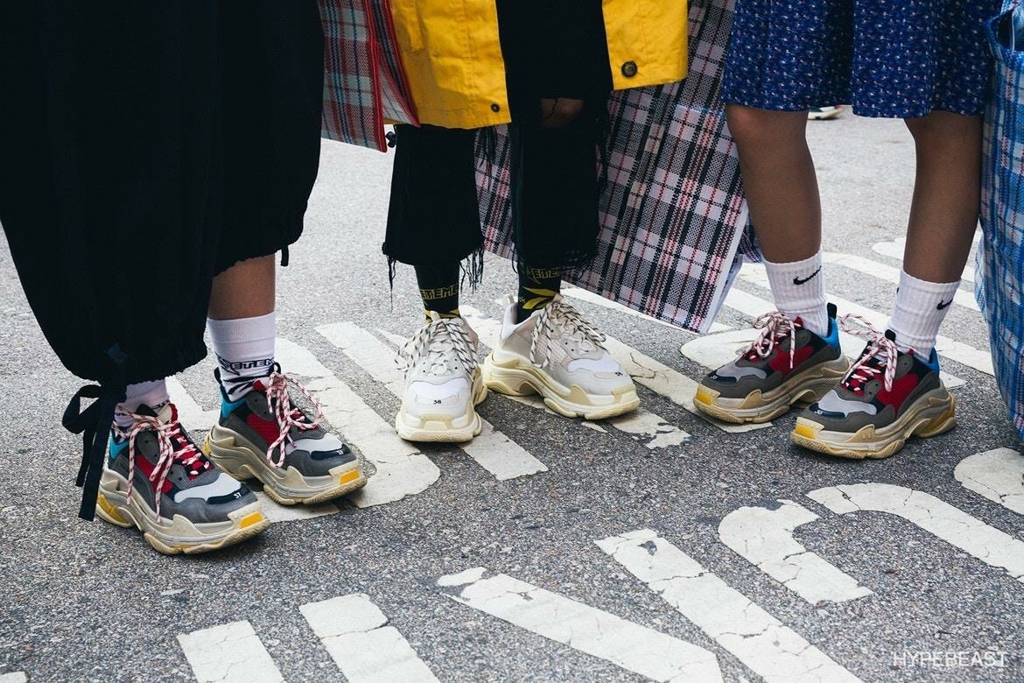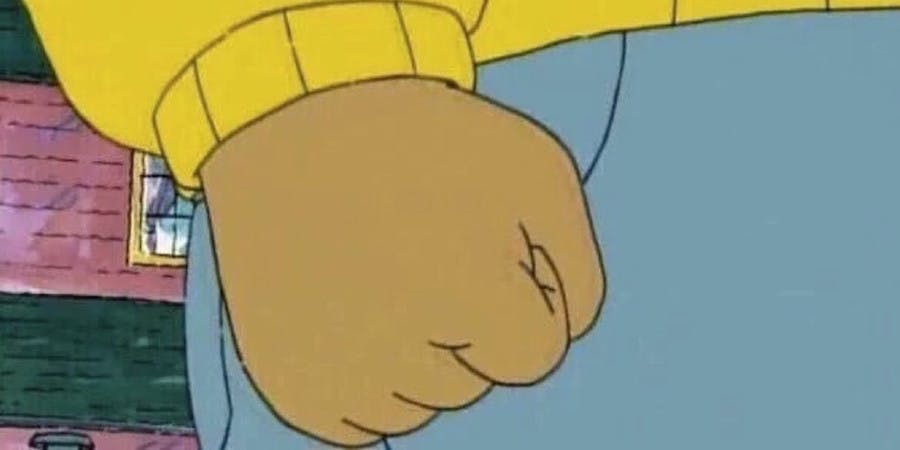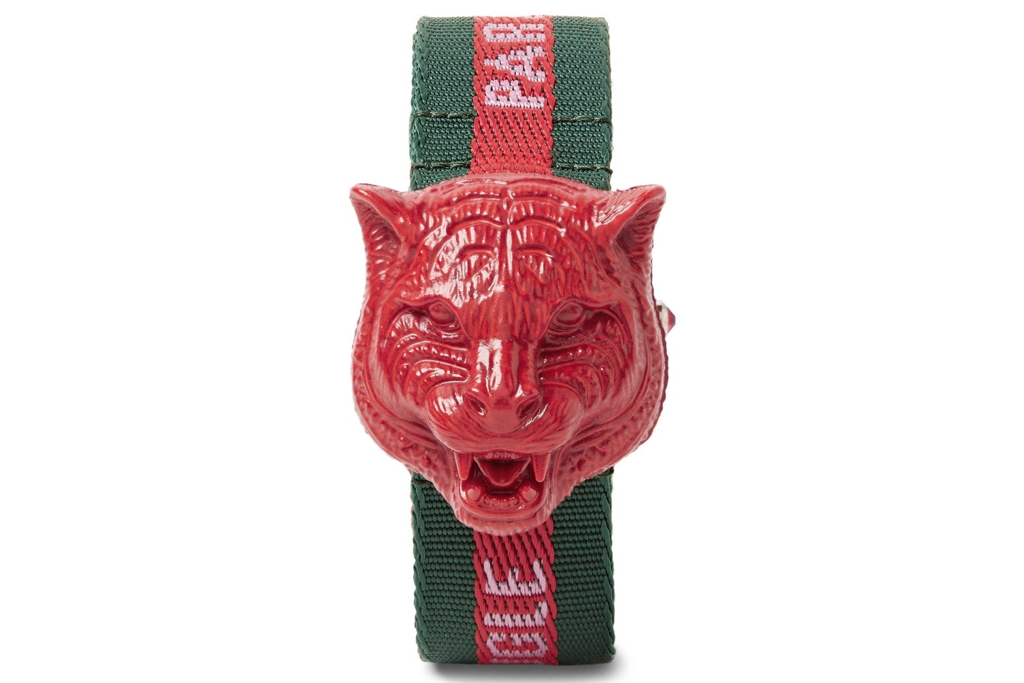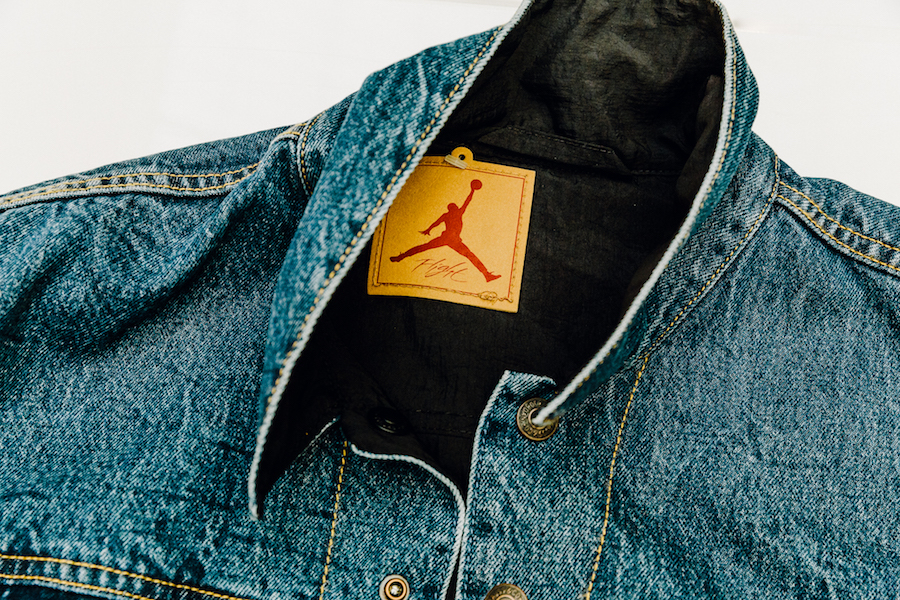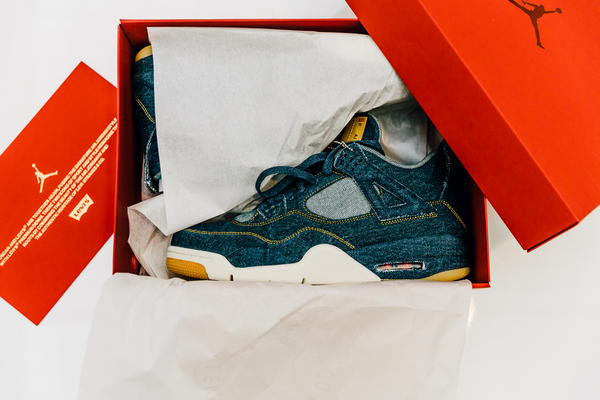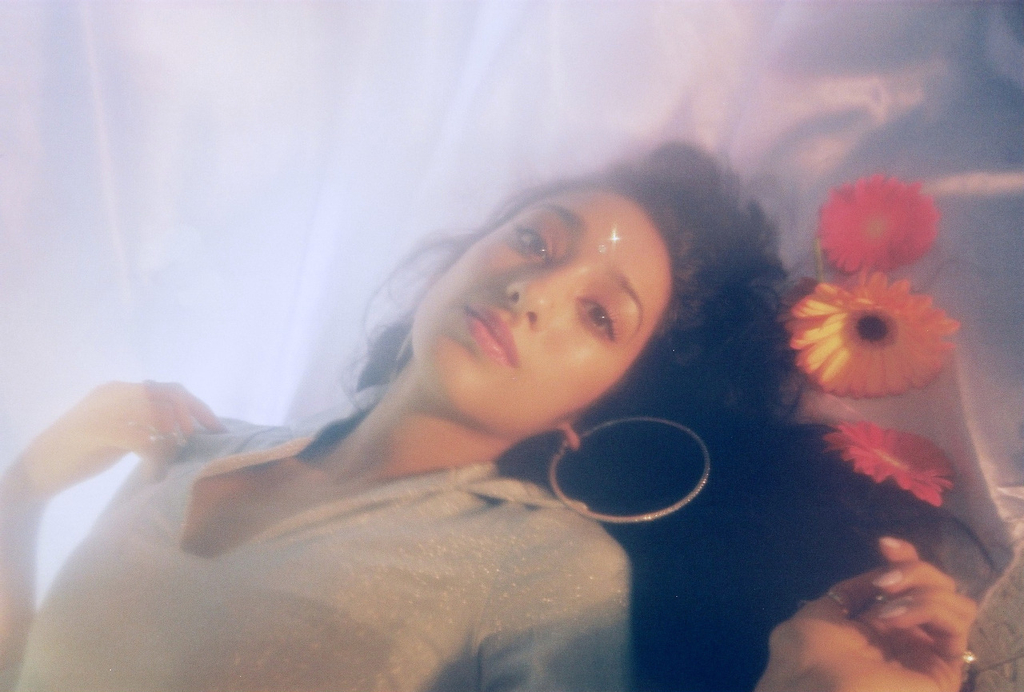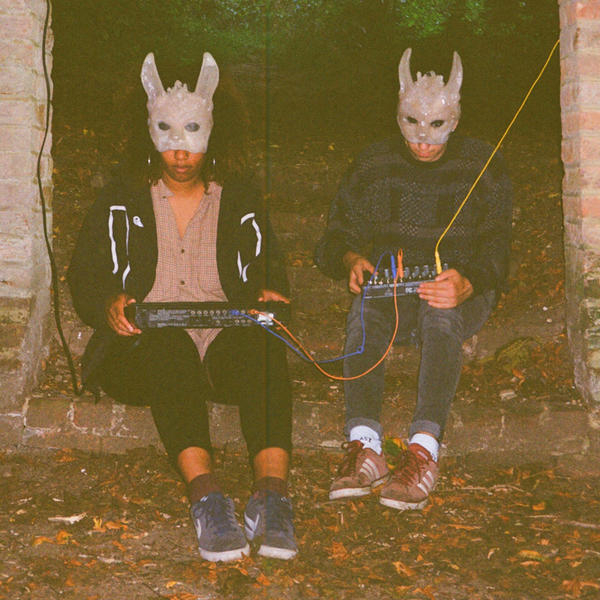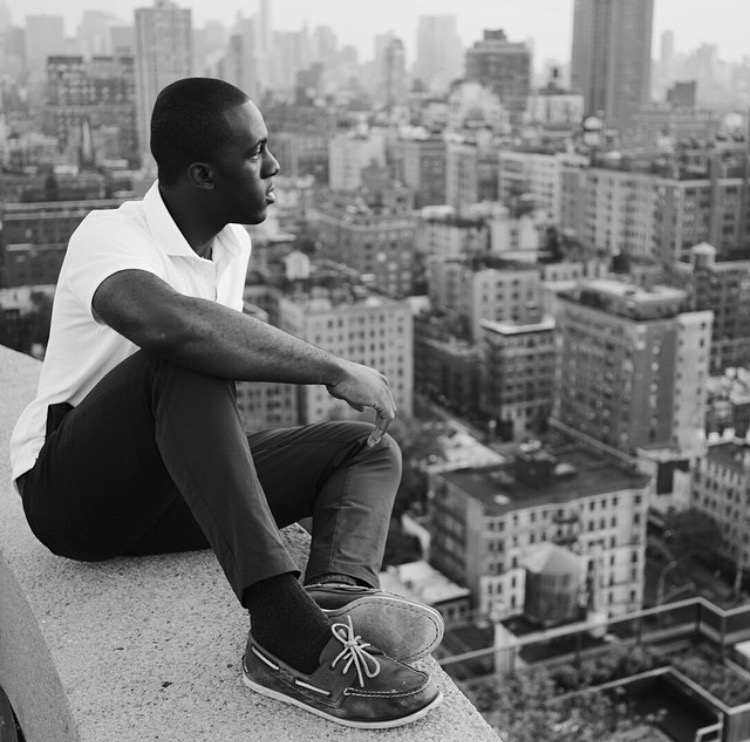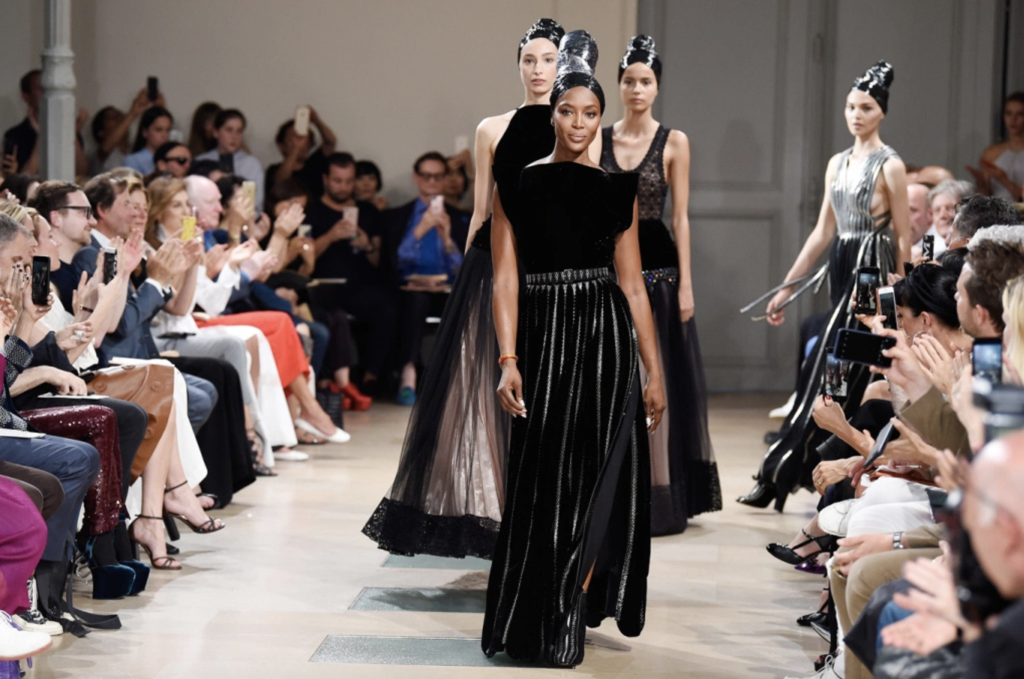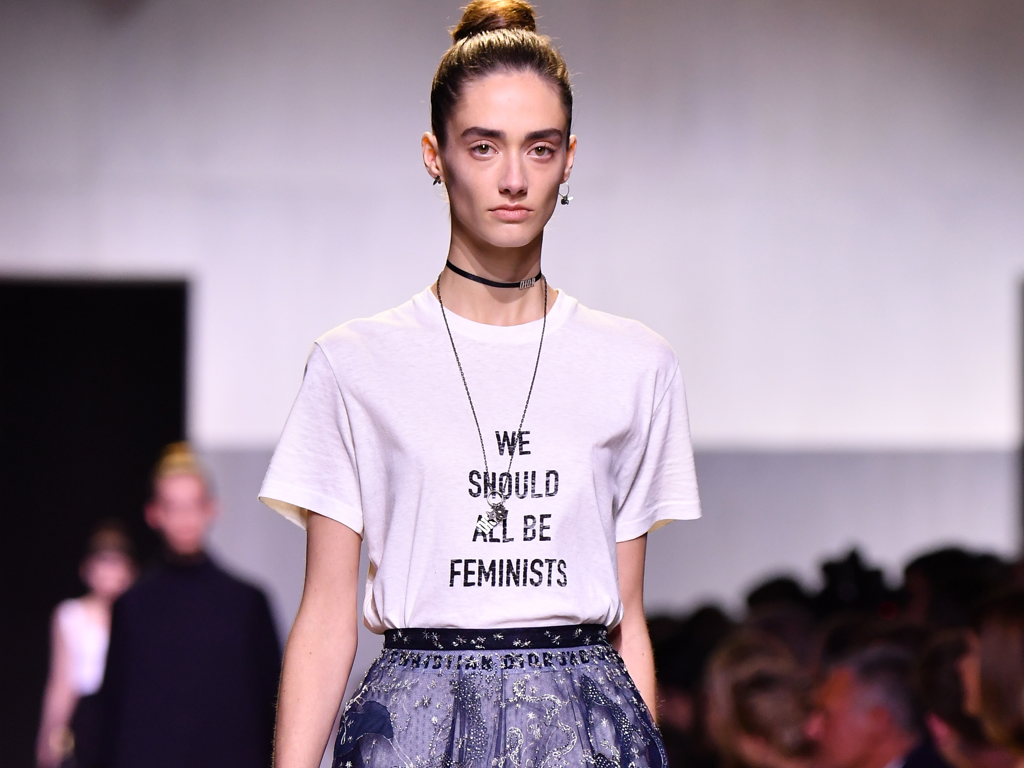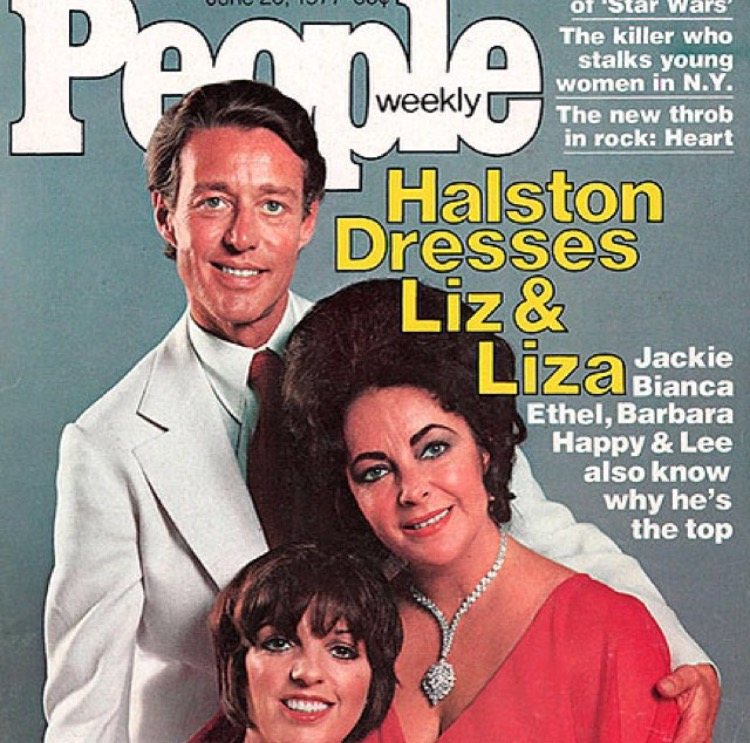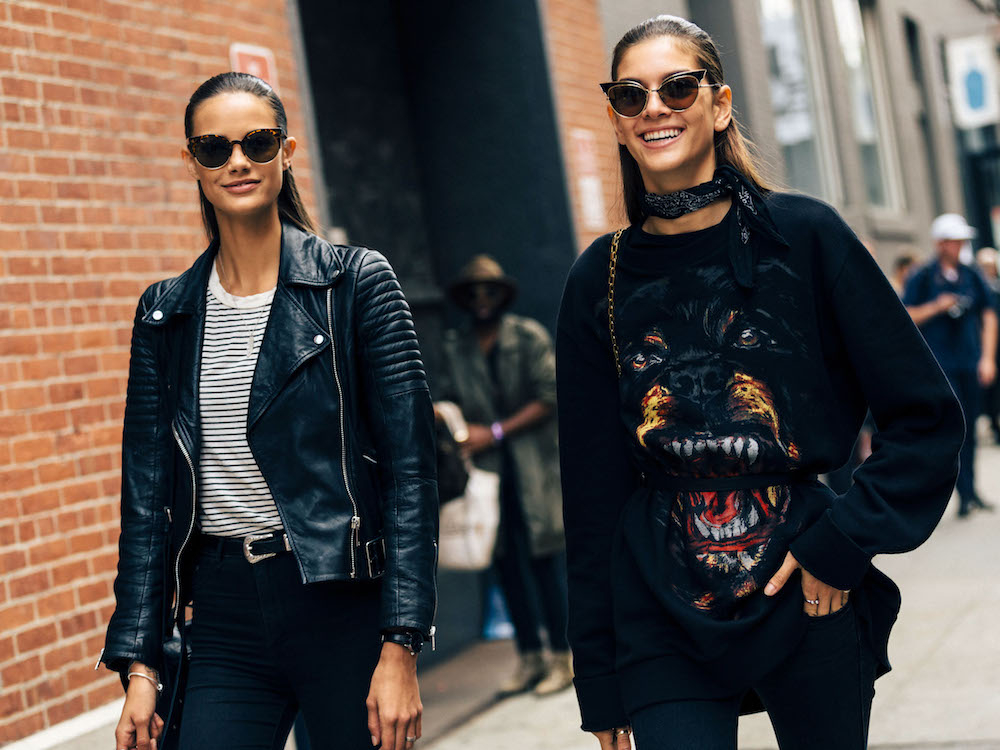A stable nine to five does wonders for the psyche due to the fact that it prevents constant worries about unnecessary hassles, such as accumulated, unpaid bills or lack of money for transportation and shelter. However, for wild-hearted artists, a regular corporate gig may be a hindrance preventing them from living life at maximum potential. Andre L. Perry is an extremely valiant soul who ditched a lucrative career in the digital advertising field to pursue his passion as a lifestyle photographer.
I met Andre at BAPE three years ago, and at first sight, I thought he was a stylist or worked in the entertainment industry in some way. I eventually found out that his occupation was quite the contrary to my calculation. The suave lad with the cooler-than-thou swag and I kept in touch through Instagram, where I rapidly witnessed his lightspeed growth as a photog—pardon me, a connoisseur in visually capturing “vibes”—particularly of the millennial African-American community.
I recently sat down with the prosperous lensman to converse about his corporate past, drastic career change and life as an entrepreneur. Check out our dialogue below:
FRENDY: When we initially met you worked for Complex, right?
ANDRE: I think when we first met I was working for Nylon magazine. I was working in Ad Operations which has nothing to do with what I’m currently doing now. Ad Operations deals with ads you see on a publisher’s website. The ads you usually see on a publisher's page, I was responsible for managing that. I was responsible for making it appear to the right audience, making sure it clicks through the correct website, making sure that the wording was correct, ect. There’s a lot of analytics involved, tons of reporting. I was in excel all day, everyday—again nothing creative, nothing to do with what I’m doing now.
FRENDY: Oh ok, what were you doing over at Complex?
ANDRE: Same thing. Ad Operations.
FRENDY: Why did you decide to move from Complex to Nylon?
ANDRE: I got fired. *Laughs*
FRENDY: *Laughs* Damn, what happened over there?
ANDRE: I knew Ad Operations was not my thing, and at the time, that was the only craft I was good at—I really didn’t care for it though. As a result, I wasn’t going above and beyond, or producing at the same level as when I first got hired at all of these jobs with the same position. The only reason why I kind of stayed in the field for such a long time was because it paid well.
FRENDY: How long did you stay at Complex?
ANDRE: Almost a year.
FRENDY: That was your first job out of college?
ANDRE: No, so my first “real” job out of college was YellowPages.com. That was when I was living in Atlanta. It was more of a digital sales position—I stayed in the digital world just because I was accustomed to it.
FRENDY: What did you actually major in college?
ANDRE: I went to the Art Institute of Philadelphia and my first major was actually photography. I was pretty much my professor’s muse, but after my second semester I bailed on the subject because I wasn’t shooting what I wanted to shoot. It was moreso technical than creative, so I had to really make a decision about what I was going to study for the rest of my college career. I just decided to go into marketing since I had somewhat of an interest in it.
FRENDY: You’re fully invested in photography right now so it just goes to show how life comes full circle. When did you realize in Nylon that Ad Operations was no longer something you wanted to do?
ANDRE: I actually got fired from there as well. Working at Nylon reignited my interest in photography. I knew I wasn’t going to stay there for long, so I took advantage of the situation and started to express my passion for photography. I informed people at the job that I was capable of shooting.
I had an idea for featuring the raincoat company Stutterheim on Nylon Guys (which was ran by only just one person). So I reached out to them, got a couple of coats and models to shoot. I told the person that ran NYLON Guys and got the ok for the spread. At the end of the day, we were trying to push Nylon Guys but Nylon was trying to discontinue the section because it wasn’t making any money. It was also around the time when Nylon was transitioning to a different webhost. Nylon Guys was running from a different host from Nylon.com, so it was almost like they were running as two different businesses which didn’t make sense. When Nylon.com relaunched, Nylon Guys wasn’t a part of it.
















